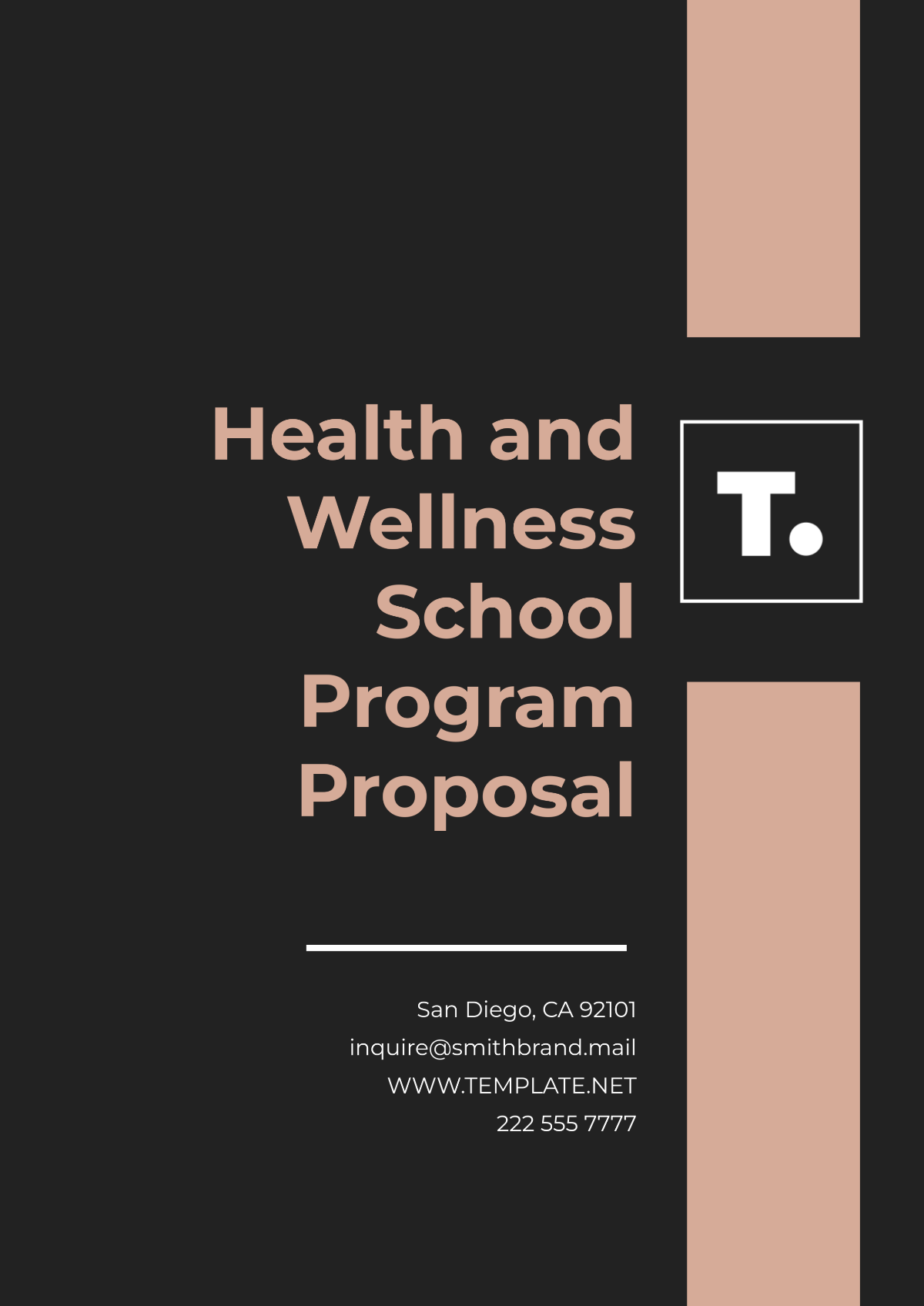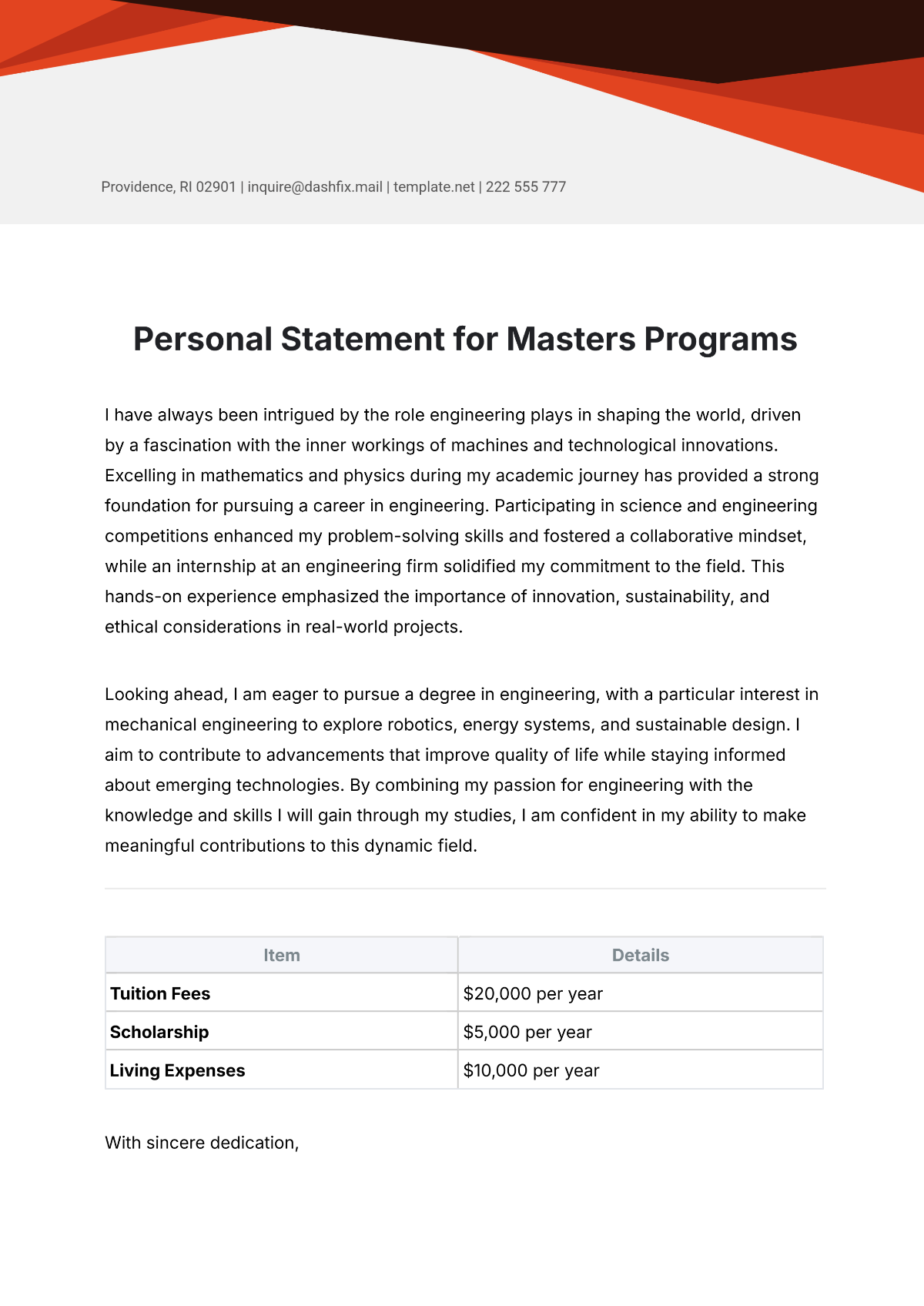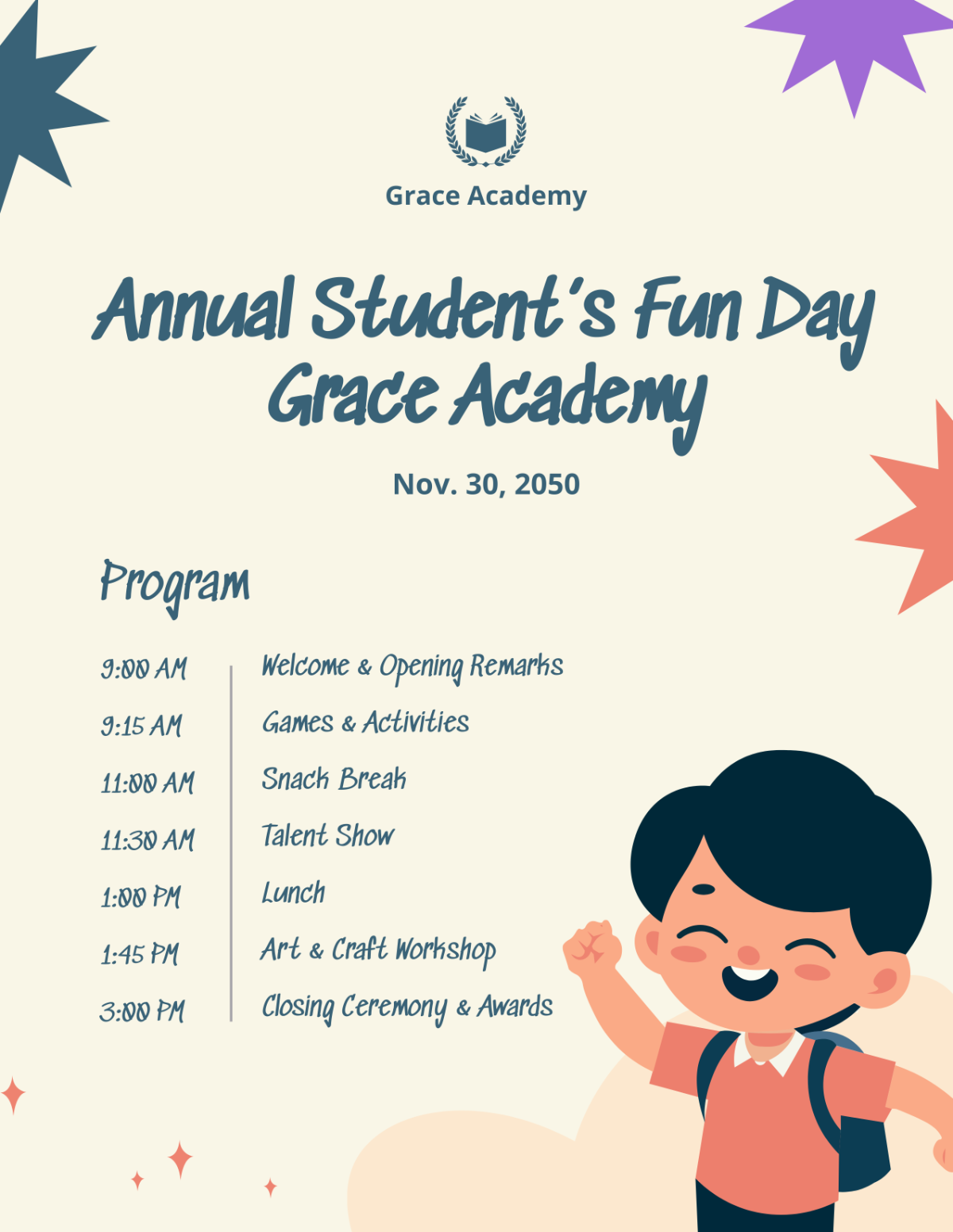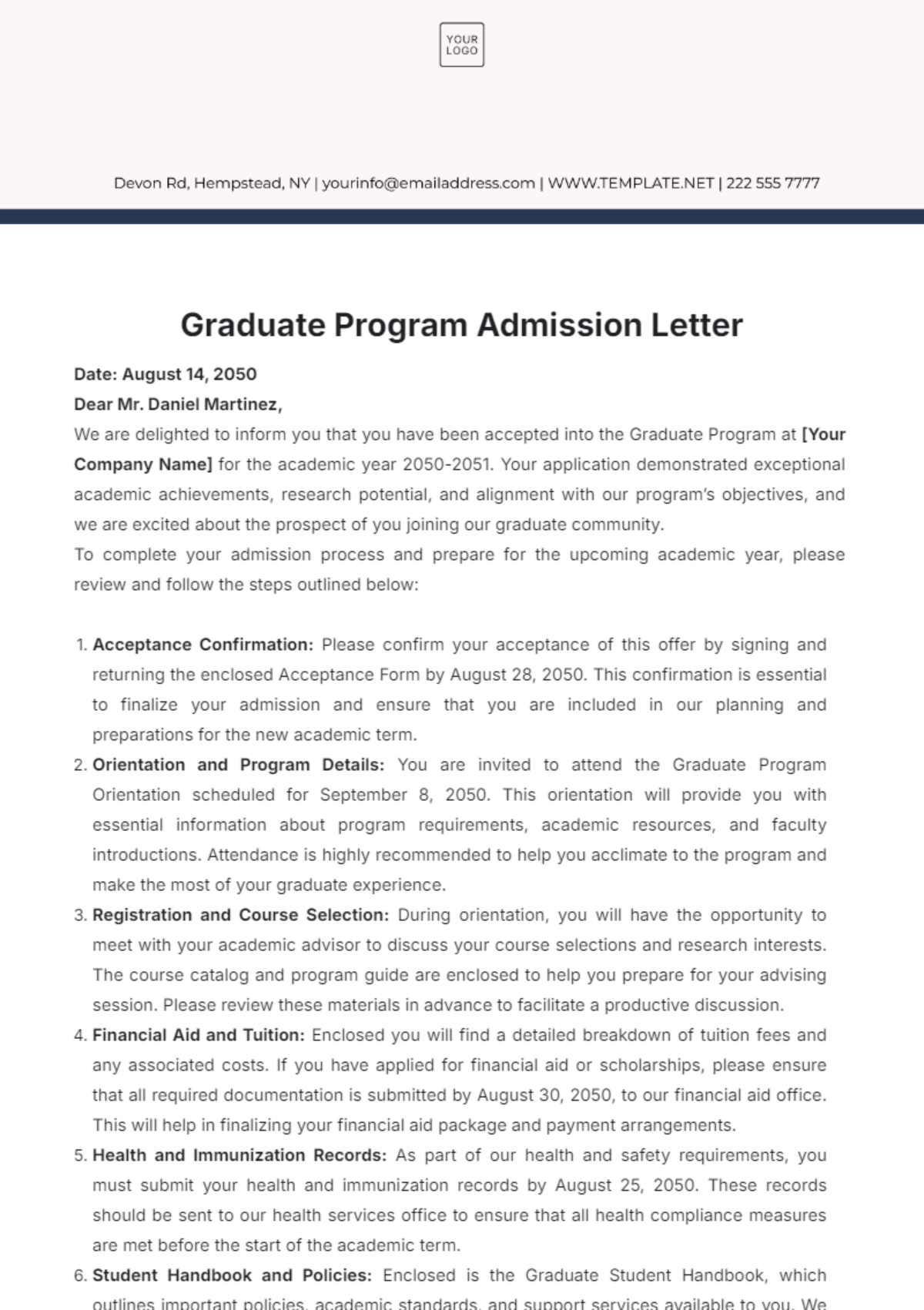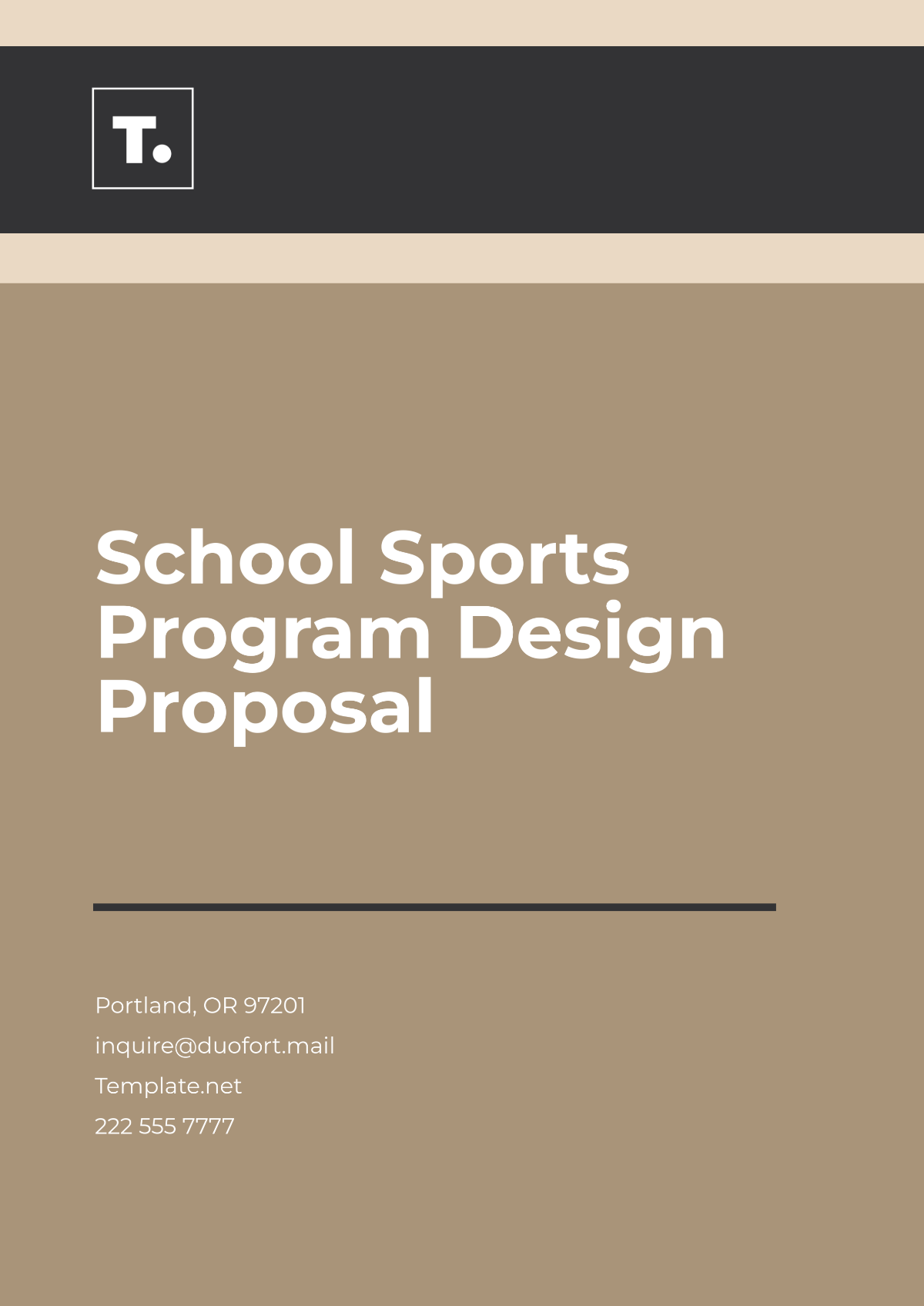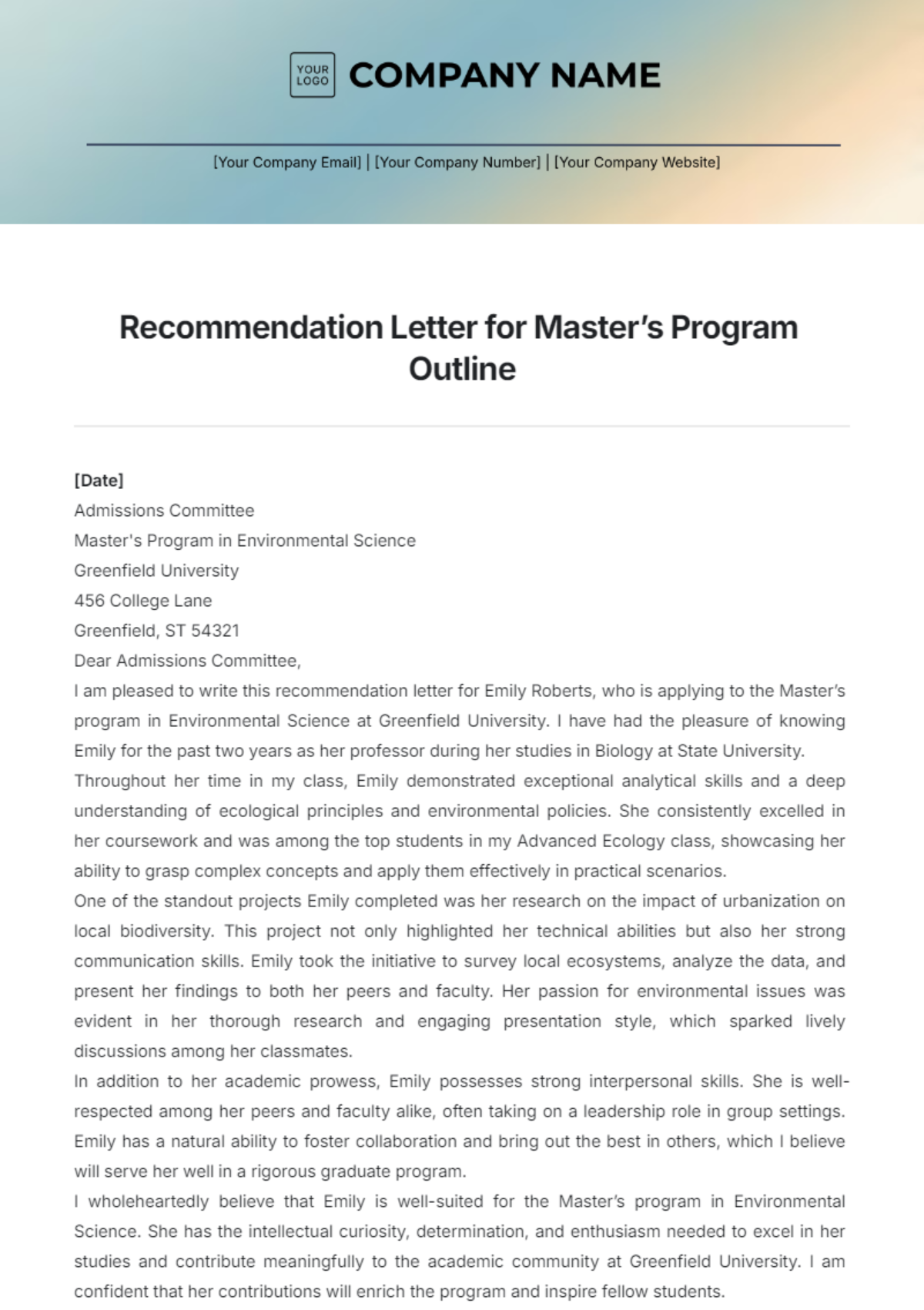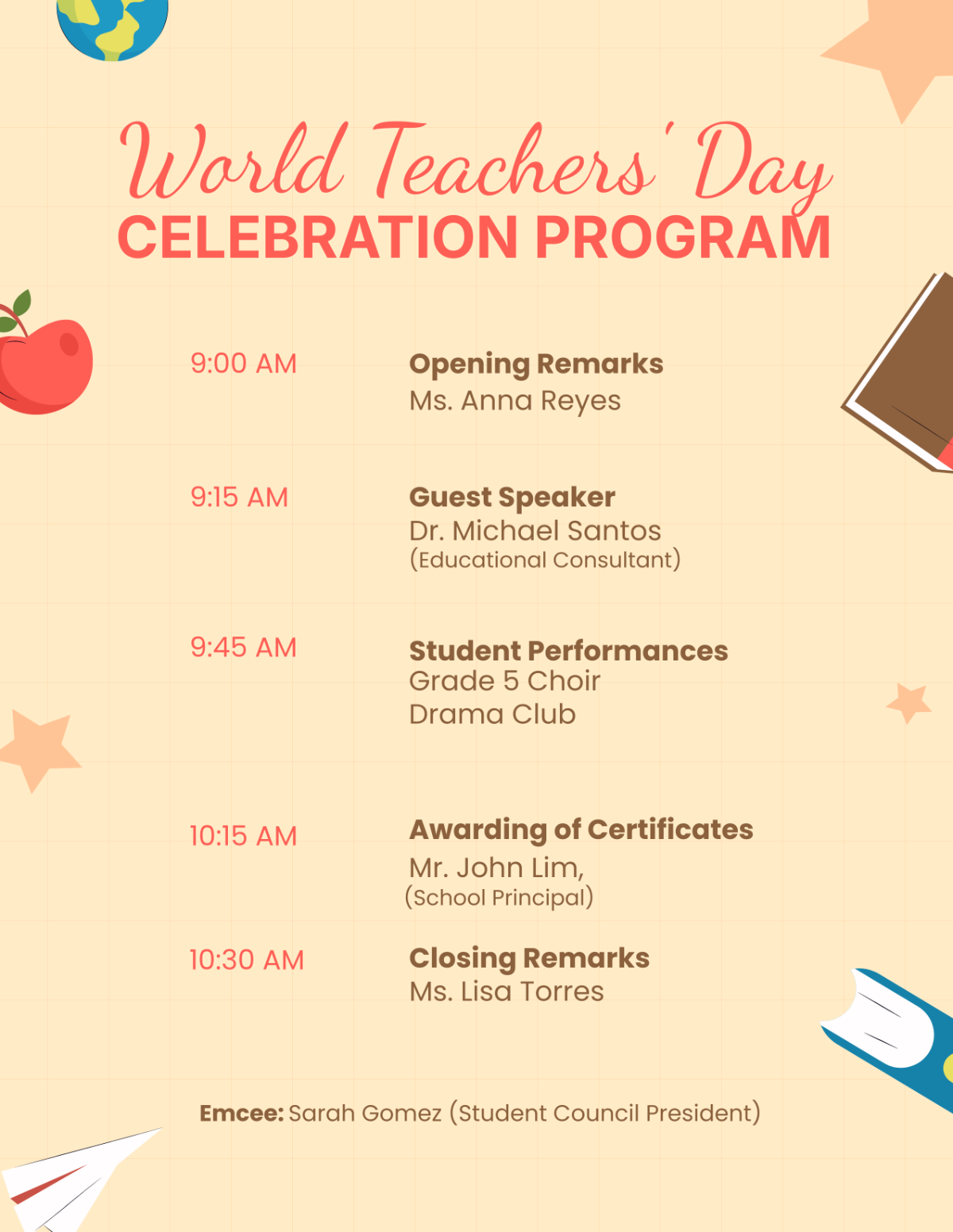School Sports Program Development Plan
Prepared by: [Your Name]
Date: October 28, 2050
1. Executive Summary
The objective of this development plan is to create a dynamic and inclusive school sports program aimed at increasing student engagement, fostering physical health, and developing teamwork and leadership skills. By addressing gaps in current offerings, incorporating student feedback, and upgrading facilities, the program will promote a lifelong commitment to health and wellness. Through diversified sports options, skill development initiatives, and strategic resource allocation, the school aims to create a sustainable and adaptable sports culture that caters to the diverse needs of all students.
2. Needs Assessment
A. Current Program Analysis
In this phase, a thorough evaluation of the existing infrastructure, resources, and student participation is conducted. This will include:
Sports Facilities and Equipment Review: A complete inventory of existing equipment, facilities, and their condition.
Stakeholder Feedback: Collect feedback through surveys and focus groups with students, parents, and staff to gauge satisfaction with the current offerings and identify areas for improvement.
Participation Analysis: Assess the levels of participation in existing sports programs, identifying trends such as underrepresented groups, seasonal variations, and specific barriers to participation.
B. Student Interest and Demand
Understanding the preferences of the student body is critical to tailoring the sports program. This phase will include:
Survey Design and Distribution: Develop a detailed survey to capture student preferences on sports offerings, frequency, and participation barriers such as time constraints or lack of equipment.
Data Analysis: Analyze the survey data to identify the most popular sports, emerging trends, and gaps in current offerings.
Demographic Considerations: Ensure the program is inclusive by addressing the needs of various student groups, such as students with disabilities, students from different cultural backgrounds, and those with varying levels of fitness.
3. Program Design
A. Goals and Objectives
Goal: To create a holistic and inclusive sports program that promotes physical fitness, emotional well-being, and the development of social skills among students.
Increase Participation: Achieve a 20% increase in overall student participation within two years.
Enhance Skill Development: Provide skill-building workshops for students and training sessions for coaches, ensuring a focus on both physical and mental aspects of sports.
Inclusivity and Access: Offer adaptive sports for students with special needs, ensuring all students can participate in a sport of their choice.
Health and Wellness Focus: Integrate fitness classes that target mental and physical health, such as mindfulness and nutrition programs.
B. Program Offerings
The program will offer a wide range of sports to engage all students, regardless of ability or interest:
Traditional Team Sports: Soccer, basketball, volleyball, etc.
Individual Sports: Track and field, swimming, tennis, etc.
Emerging Sports and Activities: Ultimate Frisbee, rock climbing, e-sports, etc.
Wellness and Fitness: Yoga, Pilates, mindfulness sessions, etc.
Inclusive Sports: Create sports initiatives designed for students with disabilities, such as wheelchair basketball and adaptive swimming.
C. Facility and Resource Improvement
To provide a supportive environment, the program will focus on the following improvements:
Facility Upgrades: Renovate existing gymnasiums, fields, and sports courts to meet modern standards. This includes improving accessibility features for students with disabilities.
Equipment Investment: Purchase quality equipment for all sports and ensure adaptive equipment is available.
Resource Allocation: Secure specialized coaching resources, such as training for coaches on inclusive practices and first aid training for emergency preparedness.
4. Implementation Plan
A. Timeline and Milestones
The implementation process will unfold in phases with defined objectives:
Phase | Timeline | Milestones |
|---|---|---|
Planning and Assessment | Months 1-3 | Complete needs assessment, survey deployment, and analysis of current offerings. |
Program Design and Resource Allocation | Months 4-6 | Finalize program offerings, hire staff, allocate resources, and prepare facilities. |
Implementation and Launch | Months 7-12 | Launch the program, begin enrollment, and hold initial orientation events. |
Ongoing Review and Enhancement | Ongoing | Continuously assess, review, and improve based on feedback and participation metrics. |
B. Roles and Responsibilities
Program Coordinator: Leads program development, oversees resource management, and ensures all activities align with the established goals.
Coaches and Volunteers: Facilitate sports activities, supervise skill development workshops, and provide mentorship.
Facilities Manager: Ensures that all sports facilities are maintained, safe, and ready for use.
Administrative Support: Helps with logistics, communications, and student registrations.
5. Budget and Funding
A. Estimated Costs
A detailed breakdown of anticipated costs will help secure necessary resources:
Category | Estimated Cost |
|---|---|
Facility Upgrades and Maintenance | $50,000 |
Equipment and Supplies | $30,000 |
Program Marketing | $10,000 |
Personnel and Training | $40,000 |
Administrative and Miscellaneous | $20,000 |
B. Funding Sources
School Budget Allocations: Core funding from the school's general budget.
Grants and Sponsorships: Explore funding opportunities from local businesses, national sports organizations, and grants related to health and wellness programs.
Fundraising Events: Organize fundraising events like sports tournaments, charity runs, or donation drives to generate additional funds.
Corporate Partnerships: Approach corporations for sponsorships or donations in exchange for branding opportunities.
6. Evaluation and Monitoring
A. Performance Metrics
To measure the program’s success, the following metrics will be tracked:
Participation Rates: Monitor the number of students participating in each sport and overall involvement.
Student Satisfaction: Use surveys and focus groups to gather feedback on the quality and variety of sports programs.
Fitness and Health Outcomes: Conduct assessments of students' physical fitness levels before and after participation in the program.
Skill Development: Evaluate improvements in skills through assessments and competitions.
B. Continuous Improvement
Feedback Loops: Regularly solicit feedback from students, staff, and parents to ensure the program meets their needs.
Annual Reviews: Perform an annual review of the program to assess progress against goals and adjust the offerings as necessary.
Innovation: Integrate emerging trends in fitness and sports, including e-sports, wellness programs, and technology-driven training tools, to keep the program relevant.
7. Risk Management
Addressing potential challenges is crucial for the long-term success of the program:
Low Participation: Implement targeted marketing campaigns, and collaborate with teachers and student leaders to encourage involvement.
Budget Shortages: Secure alternate funding sources, adjust program scope if needed, or phase improvements over time.
Facility Limitations: Work with the school to prioritize facility upgrades and explore community partnerships for shared resources.
By focusing on these critical elements and integrating these sections, the school sports program can be a dynamic, engaging, and sustainable initiative that benefits the entire school community.




